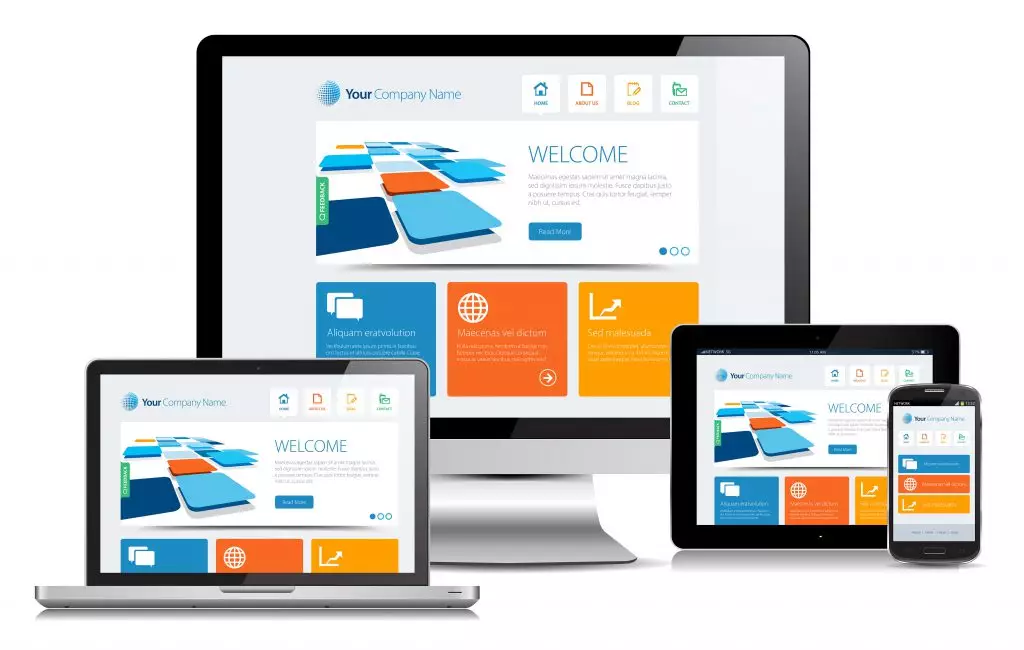How to Jumpstart an E-Learning Program in Eight Easy Steps
Starting an eLearning program can be confusing. Here's how to get started.

A company’s biggest investment is its employees. Training and development can lead to the best, most productive members of any company’s team. But training methods of yesterday are no longer adequate to build a team of top-notch professionals.

E-learning has become a primary way to train employees at all levels due to lower costs and higher convenience. Starting an e-learning program can seem daunting, but it actually can be broken down into eight easy steps. Before launching an e-learning program, it is important to understand what e-learning is and how it fits into the contemporary business environment.
Doing More with Less
Today’s business culture is fast-paced and constantly evolving. Financial constraints are also more of a concern than ever before.
One of the biggest challenges in training today is trying to do more with less money. It’s a vicious circle because training employees directly relates to being able to develop them into better employees. Better employees are more productive, more professional and more knowledgeable, but companies have less money to invest in training initiatives. Online learning can offer companies the opportunity to provide training and development without having to sacrifice a lot of money, time or the quality of the content they deliver.
Understanding E-Learning
There are many ways to describe and define e-learning, also commonly called online learning. At eLeaP, we define e-learning as the digital delivery of interactive educational material that is adaptive and therefore experienced differently by each learner. It is active, versus passive, learning that is often delivered via a learning management system.
The key element to launching an e-learning program is aligning the curriculum with business strategies and goals. According to the American Society for Training and Development 2013 State of the Industry Report, the percentage of training used by employees in traditional instructor-led classrooms has been steadily decreasing over the past three years. In 2012, traditional classroom learning accounted for 55 percent of training hours, down 6 percent from 2010. Simultaneously, technology-based learning methods increased to 10 percent in 2012, compared with 8 percent in 2010.
Companies of all sizes can benefit from online learning. Whether small, medium or large, companies engaging in online learning can:
- Reduce training costs.
- Save employee time and frustration.
- Increase training skills over more traditional methods.
E-Learning brings content and information to employees where they are and when they need it. E-Learning courses tend to be delivered via the Internet or Intranet, making it a convenient, efficient on-demand process for employees.
Jump-starting an E-Learning Program
Establishing an online learning program is something that most any company can do at little expense.
Use these eight easy steps to jump-start an e-learning program for your business:
Here’s what you’ll find covered in this White Paper:
- What E-Learning is and how you can take advantage of E-Learning
- How not to miss out on 70% of what employees learn which occurs outside of formal training sessions
- How to use our guidelines to ensure you choose the best content for your E-Learning program
- The features shared by all successful E-Learning programs
- Free e-Course on what you need to know to implement your training & learning program